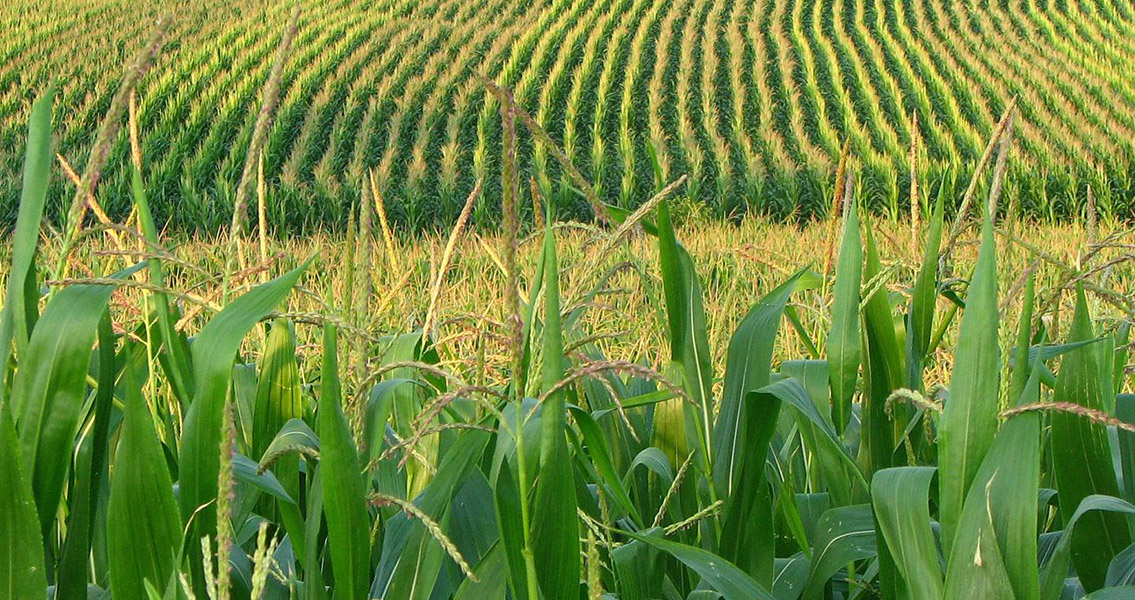<![CDATA[The analysis of ancient animal remains has revealed it might have been additional rainfall that affected the distribution of plants in the grasslands of the past. Spearheaded by Jennifer Cotton: a member of Oregon State University’s College of Forestry and a postdoctoral researcher at the University of Utah, the research study took careful note of the bones, teeth and hair of ancient bison and mammoth in order to reveal it wasn’t just an increase in carbon dioxide that had an effect on ancient climate change. In fact, the increase of rainfall amounts played a major role in grasslands expanding during the geologic era known as the Neogene, which stretched from more than 28 million years ago to a relatively recent 2 million years ago. Cotton, who now teaches at California State University’s Northridge campus, said in a press release coinciding with the publication of the research study that she and her team were motivated to find out more about what had been behind one of the most dramatic transitions that had occurred biologically in the past 65 million years. It is widely known that many grassland species became prominent during the Neogene. These early ancestors of today’s sorghum, sugar cane and corn, known collectively as “C4” grasses, thrived under conditions that included high levels of precipitation and low levels of atmospheric carbon dioxide, and are differentiated from the C3 grasses that preceded them. The relative influence climate and atmospheric CO2 had on the balance of C3 and C4 grasses had been unclear, Cotton remarked, though she confirmed that scientists have long known that these factors were highly interrelated. In an effort to understand the transition from one type of grassland vegetation to another, her team took more than 630 samples of North American mammoth and bison tissues over the last 18,000 years and subjected them to carbon isotope analysis. The analysis revealed that the diets of these animals underwent a gradual shift to C4 plants as the last ice age receded and grasslands spread north as the climate became warmer once more. The scientists then combined their findings with pre-existing data on changing concentrations of carbon dioxide, temperature and climate, finding that C4 grasses seemed to rely on an increase of precipitation during the growing season when it came to their proliferation. The data is relevant today, as temperature and rainfall changes have made it easier to grow corn crops in regions previously dominated by crops such as wheat in the upper Midwest. Cotton remarked that climate and atmospheric CO2 levels have changed in the past, and that they will continue to change in the future. Climate scientists have posited that the role increased carbon dioxide levels may play in the future could provide a competitive edge for C3 grasses against C4 grasses. However, Cotton’s research results have made the assertion that CO2 fertilization will play a less important role than climate changes when it comes to the distribution of C3 and C4 grasses. In fact, the Great Plains will likely see a higher level of C4 grasses as a result of the climate becoming both wetter and warmer. The research study, which appears in the journal Science Advances, can be found at advances.sciencemag.org Image by Fishhawk, courtesy of Oregon State University]]>
Ancient Remains Paint Picture of Grassland Climate Change
